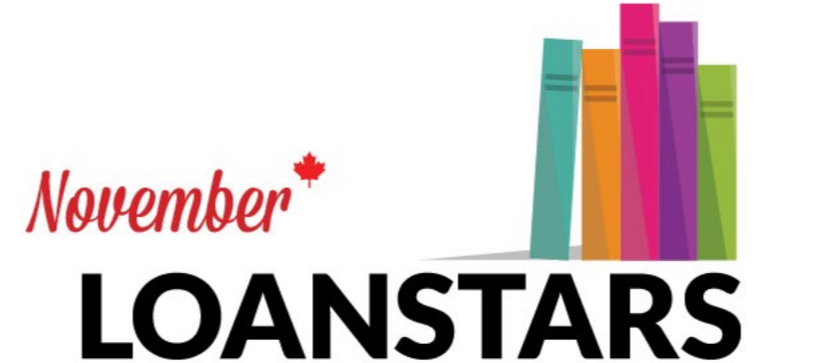BookNet Canada has set a target deadline of August 28, 2020 for all Canadian data providers to be able to send a full ONIX 3.0 feed. To help the industry accomplish this goal and to support a well-rounded ONIX education, BookNet Canada is highlighting essential resources, hosting informal office hours, and publishing new content on the BNC blog. To stay up-to-date, subscribe to our weekly eNews or nab the RSS feed.
When BNC published our list of Essential Resources for Data Providers, we spent some time with each resource, and felt the warm embrace you feel when you’re hanging around your closest friends. There’s no way around it: the BookNet Canada & Book Industry Study Group’s Best Practices for Product Metadata is a comprehensive and useful resource for both ONIX beginners and those coming fresh to ONIX 3.0. First published in 2015, it contains:
a breakdown of ONIX blocks, highlighting what pieces of metadata are included within each;
use cases for each composite; and
identification of mandatory tags/pieces of information.
In fact, this document is so good, you’d want to have it with you on a deserted island — if your goal was to spend your time improving your ONIX rather than talking to a volleyball with a bloody handprint for a face.
Now, as with anything definitive, a summary will never do this document justice. We will, however, take a moment to highlight some of our favourite nuggets from this document, in no particular order:
It demystifies barcodes
See page 14
It is a truth universally acknowledged that a single retailer in possession of a good book, must be in want of a barcode. The use case is clear: retailers would like to know if and where on the product the barcode appears, and the best practices mandate precisely that.
The best practice is to include a barcode on all physical products. If no barcode exists, the best practice is to include a “not barcoded” indicator in the metadata. Use of “unspecified type” for pre-publication print titles is not a best practice.
Barcodes are generally positioned on the outside of a product to enable easy scanning; the best practice is to place the barcode on cover four (the back cover) of physical books.
Best practice is to only use one barcode on cover four of a physical book. Two barcodes should never be used on cover four; if two barcodes are needed, the GTIN-13 barcode should appear on cover four and any other barcode should appear on cover three (the inside back cover). A second EAN code can be added to cover two (the inside front cover) for products that allow strippable returns.
Or, as BNC Bibliographic Manager and ONIX Yoda Tom Richardson put it recently:
The data can be repeated because some products, usually mass market, may have more than one type and obviously in a different spot. Retailers need to know. That's obviously more complex to track but that complexity strengthens the need for it be available.
It advocates for the contributor country code
See page 89
There’s no shortage of interest from Canadian readers to read stories by Canadian authors. And, because it’s ONIX, there’s a code that will support those readers in their quest.
In Canada the Contributor Country Code of CA is used to identify Canadian authors in order to help create national bestseller lists and to aid in the identification and promotion of those authors.
Thankfully for our multicultural nation, ONIX 3.0 offers ways to assign the many regional associations of an author’s life:
ONIX 3.0 includes a composite with a code list (151) that supports different types of associations, and multiple entries would be typical if different associations require it. So, if relevant to the marketing of the book, a publisher can state that an author was born in Mexico and currently resides in Paris, France but is a citizen of Canada.
It helps educators and parents buy the right books for their kids
See page 115
People shop for products for children and teenagers by looking for products that are appropriate to the ages and developmental stages of those youngsters. Without this information, consumers (and booksellers who serve them) would be at a great disadvantage in their attempts to locate products that suit the children for whom they are shopping.
We’ve already covered the minutiae of audience age ranges on the BNC Blog and that’s a tale as old as time, one the Best Practices covers quite eloquently, by first differentiating between audience codes and age ranges:
Audience Code: an ONIX code, derived from recognized schemes, that identifies the broad audience or readership for which a product is intended.
Age Range: the precise age range in years or school grades of the intended audience of products aimed at children and young adults.
It supports retailer’s tax planning
See page 25
The book industry’s supply chain extends beyond borders, books may be printed in countries other than where the publisher operates. The Best Practices mandates that the country of manufacture data element (3.0, not 2.1) is disclosed at least 180 days prior to publication. And this isn't simply to support consumer’s attempts to “buy Canadian” — products manufactured or shipped from a given country may be embargoed or subject to tariffs in another, and:
Retailers and distributors need this information to know whether they are able to source this product and whether there may be additional expense to do so. This information is also legally required in some countries, so it is a best practice to include it for all physical products available internationally.
It clarifies all the dates
See pages 169-178
BNC Bibliographic Manager, Tom Richardson, put it best when he wrote:
There is nothing more divisive than a date in metadata — either it's (a) not there when it’s needed, (b) there but wrong, or (c) there but not respected. Whatever the problem with the data, both ends of the supply chain flail at the other with their own horror stories.
Never fear, the Best Practices are here! The document compares and contrasts all the data pieces that are fit to code:
Publication date
Publishing date composite
Market date composite
Strict on sale (SOS) date
And you can take your reading further by checking out the magnificent policy document Date Recommendations for Canadian Publishers.
Want to read more?
The complete Best Practices for Product Metadata: Guide for North American Data Senders and Receivers can be read below or downloaded here.













The top selling books since SalesData started tracking 20 years ago!